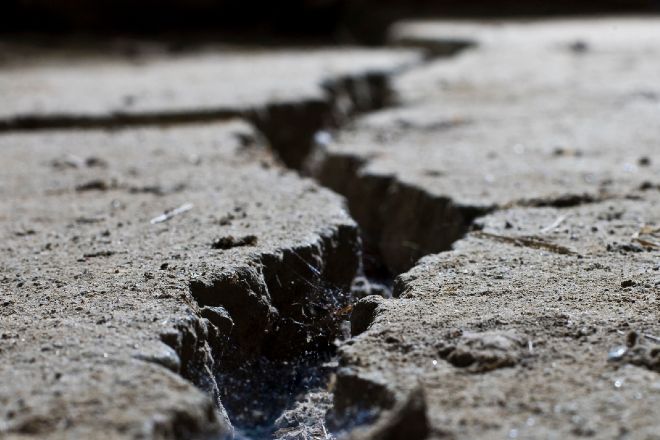Article by Cheryl McDowell, Bolton & Company
This article originally appeared in the Bolton Blog.
Earthquakes provide little to no warning before they strike, and the only gauge of their duration or intensity comes after the damage has already been done. It’s a tough proposition, especially for schools considering the rather hefty investment necessary for earthquake coverage.
So how does your school decide whether it makes sense to get coverage and to what extent?
Earthquake insurance is expensive, especially for schools in earthquake-prone areas. But if your school is struck by a strong quake, the cost of dealing with an uninsured claim can be even more damaging to your school’s finances, operations and ultimately its reputation.
The first step schools need to take is to raise this discussion to the board level. By addressing the potential risk, associated cost and whether or not the school is currently prepared to handle the aftermath of a damaging earthquake, the administrative team will have a better understanding of what the school is up against if the worst does occur.
This conversation must include an assessment of the following:
- What are the potential exposures?
- How close is the school to fault lines?
- What is the school’s likelihood to sustain damage?
- How would the deductible be covered?
This isn’t — and shouldn’t be — a one-time decision, but rather an ongoing conversation that should take place at the very minimum of every three to five years. Schools should revisit the discussion on a regular basis as board members and strategies change.
The Federal Emergency Management Agency (FEMA) provides a good deal of information regarding earthquake safety at school, especially on the topic of school preparedness. The agency points to several factors that schools to consider, such as how buildings were designed, built and furnished and any weakness that might make structures vulnerable to earthquakes. Additionally, FEMA recommends researching local building regulatory agencies to get a better understanding of the building codes school structures have been subject to and if they have any seismic design provisions.
It’s also good to consider if nonstructural items are subject to seismic weakness. Schools need to recognize that beyond the exposure they face in terms of the building and its contents — which is what most think of when considering an earthquake — they also need to be aware of the potential disruption that could follow a bad seismic incident. Considering business interruption insurance should certainly be part of that conversation.
It is important to understand that if your school does not carry earthquake insurance and there is a claim, loss of tuition will not be reimbursed. This is a good reason to take a closer look at your enrollment contract’s language and consider what it currently discloses.
Ultimately, there are a number of proactive and due diligence decisions that need to be made, including the degree and investment of coverage and whether or not that coverage will be incorporated into your school’s insurance and risk management program.



